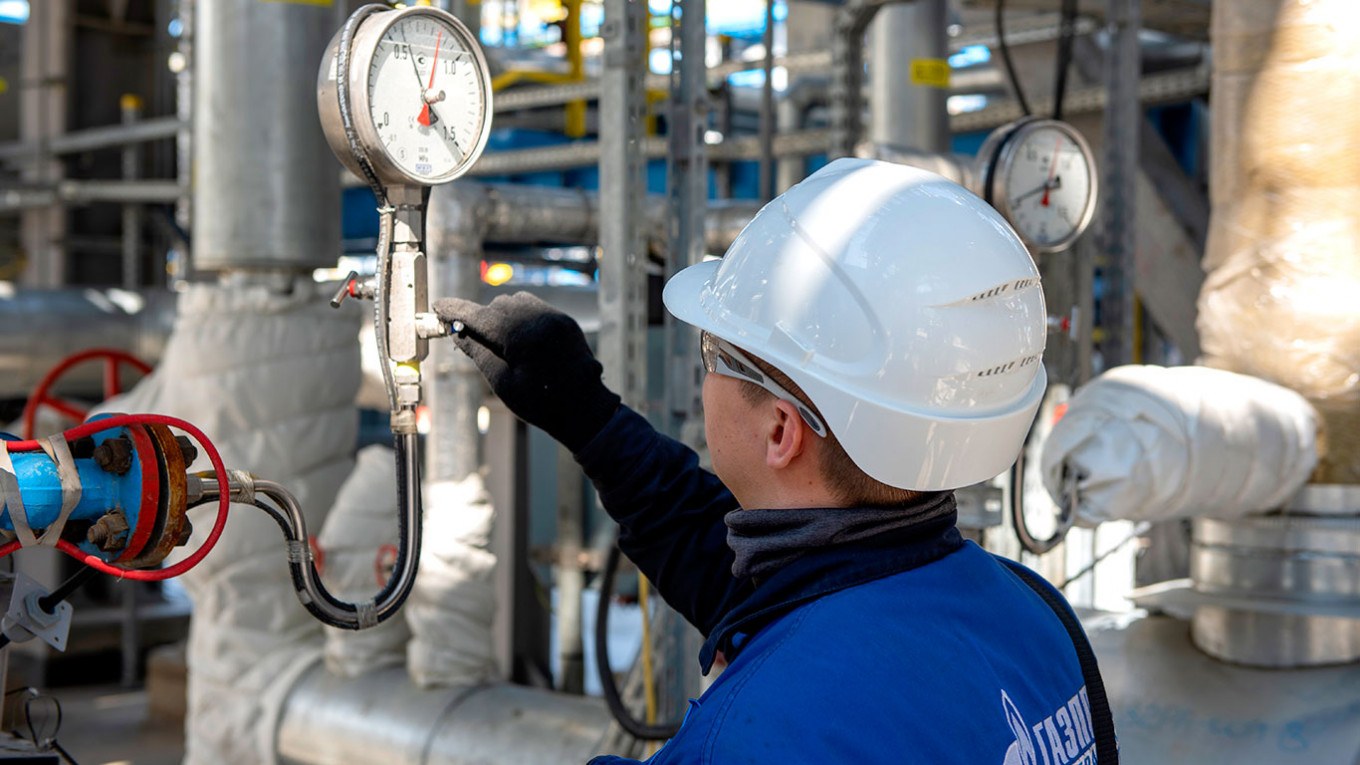Gas distribution installations play a crucial role in providing a reliable and safe supply of natural gas to homes, businesses, and industries. As our reliance on natural gas continues to grow, understanding the intricacies of gas distribution installations becomes paramount. This article explores the key components, advancements, and safety measures associated with Prise fluide médical systems.
The Basics of Gas Distribution Installations:
Gas distribution installations are complex networks of pipelines, valves, meters, and regulators designed to transport natural gas from the source to end-users. These systems are meticulously engineered to ensure the efficient and secure delivery of gas for heating, cooking, power generation, and various industrial applications.
Key Components:
- Pipelines: The backbone of any gas distribution system is its network of pipelines. These pipelines vary in size and material, with modern installations often utilizing high-strength materials like steel or corrosion-resistant alloys. Advanced welding techniques and monitoring systems contribute to the integrity of these pipelines.
- Valves and Regulators: Valves and regulators control the flow and pressure of gas within the distribution network. Automated systems enable operators to adjust pressure levels dynamically, ensuring a consistent and safe supply to end-users.
- Meters: Gas meters are crucial for accurately measuring the amount of gas consumed by individual users. Smart meters equipped with digital technology provide real-time data, improving billing accuracy and enabling more efficient system management.
Safety Measures:
- Leak Detection Systems: Rapid identification of gas leaks is essential to prevent potential hazards. Advanced leak detection systems, including remote sensors and drones, enhance the ability to identify and address leaks promptly.
- Pressure Monitoring: Constant monitoring of gas pressure helps operators identify irregularities and potential issues within the distribution system. Automatic pressure control systems ensure that gas is delivered within safe operating parameters.
- Emergency Shutdown Systems: In the event of a critical situation, such as a large leak or abnormal pressure, emergency shutdown systems are activated to isolate affected segments of the distribution network, minimizing the impact of potential incidents.
Technological Advancements:
- Digitalization and IoT Integration: The integration of digital technologies and the Internet of Things (IoT) allows for real-time monitoring and control of gas distribution systems. This enhances operational efficiency, reduces downtime, and facilitates predictive maintenance.
- Renewable Gas Integration: Gas distribution installations are adapting to the changing energy landscape by incorporating renewable gases, such as biogas and hydrogen. This transition contributes to a more sustainable and environmentally friendly gas supply.
Conclusion:
Gas distribution installations form the lifeline of our natural gas infrastructure, ensuring a reliable and secure supply to meet the diverse needs of society. As technology continues to evolve, so too will the efficiency and safety measures implemented in these installations.
